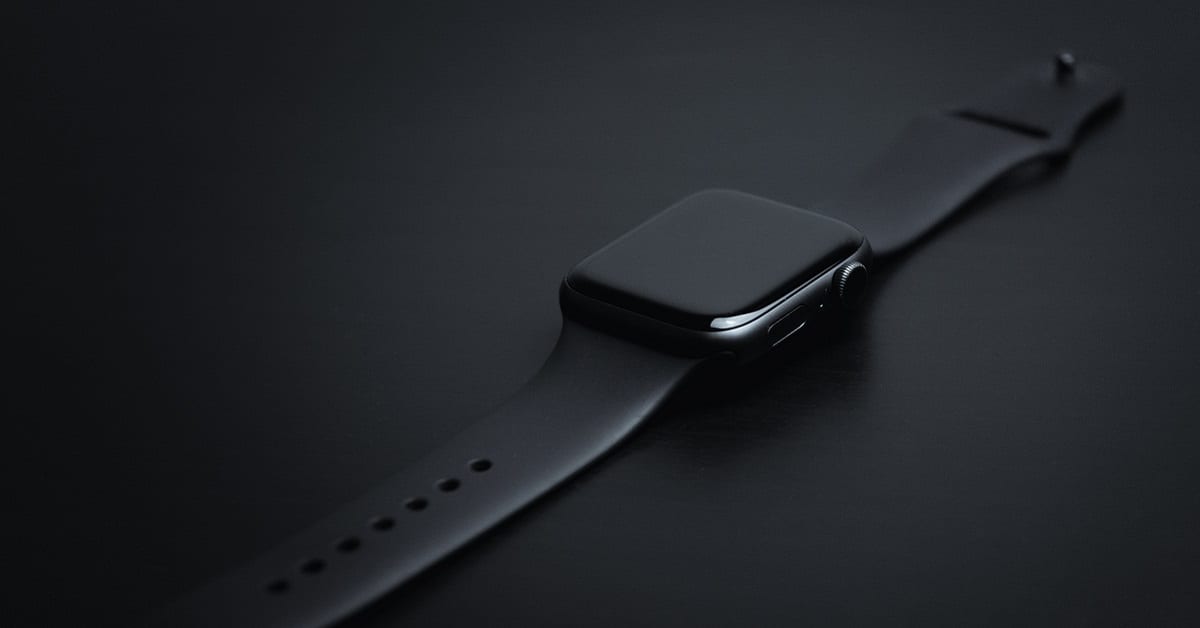The Evolution and History Of The Wearable Device
Wearable technology may be all the buzz in 2016, but the process of adding technology to day-to-day life has been done for centuries. According to Giordano da Rivalto, the earliest “smartglass” was commissioned by Roman Emperor Nero. The glasses were made of a metal frame and emerald lens, which reportedly helped in improving Nero’s eyesight during fights from 54 AD to 68 AD.
In 17th-century China, the oldest smart ring was designed with the smallest abacus you’ll ever see.
In 1884 New York, Cute Circuit’s Electric Girls showed off one of the first applications of wearables in the fashion industry. Electric lights were embedded on a group of ballerinas’ clothing.
In 1907 Germany, Julius Neubronner invented the first GoPro-looking device and the sub-niche Pigeon Photography. He fitted several pigeons with an aluminum breast harness, which holds a miniature camera with timer mechanism that captures a single aerial-view photo.
By the early 1960s, the term wearable tech has not been coined yet, but has been applied in countless inventions. Two MIT professors, Edward Thorp and Claude Shannon, designed, constructed, and tested the world’s first wearable computer that could predict the outcome of roulette. The device consisted of two main parts – a timing device concealed in a shoe, and a cigarette pack.
Thorp and Shannon were so successful that their winning bets increased to 44% and led to Nevada passing a law that prohibited similar machines in 1985.Also in the 60s, the oldest HUD (head-up display) and virtual reality wearable devices were created by one person.
In 1960, Cinematographer Morton Heilig invented a bulky chest-worn device called stereophonic television Head-Mounted Display (HMD), which combined his love for cinema with virtual reality. Two years later, he patented the VR simulator 4DX-like gadget he called “Sensorama Simulator” that consists of a vibrating seat, stereo speakers, handlebars, special effects like air blower, and a headset that generates certain odors to match the film’s scene.
In the last quarter of 1975, Pulsar sold 100 limited edition ‘wristwatch calculators,’ which were made with 18-karat solid gold and priced $3,950 a pop.
In July 1979, Sony released the brand’s historical ‘Walkman,’ its first portable cassette-tape player.
A high school student in the early 80s by the name of Steve Mann developed the first backpack computer with a camera viewfinder CRT equipped on the headset. Mann would go on to invent and pioneer many wearable tech related to photography, such as the first wearable wireless webcam in 1994.
The X-games have a lot to thank mountain biker Mark Schulze, who installed a videocam to his helmet that led to the 1988 instructional videotape entitled “The Great Mountain Biking Video,” ahead of many GoPro enthusiasts all over YouTube.
From 2000 onwards, many wearable tech has popped up, from Bluetooth headsets to the 100% digital pacemaker Vitatron C-Series. The boom in fitness wearables can be traced back to Nike and Apple’s collaboration of a fitness-tracking iPod, which is the inspiration behind FitBit’s first wearable fitness gadget. By 2012, one of the most popular Kickstarter success stories went to The Pebble customizable smartwatch after the founders made over $10 million.
When Google Glass was revealed in 2013, the rest was history. Every brand in mobile phones, fitness, IT, sports, entertainment, and other industries wanted to release a wearable device from then on, which is why 2014 was dubbed the “Year of the Wearable.”

